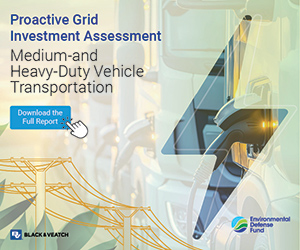On Nov. 15, the Labor Department reported October’s Consumer Price Index, the CPI. The detail — which we closely follow — shows the trends in prices for everything from pork chops to postage to pet services. Including the electric rates that consumers pay.

In October, the CPI was 2.0 percent higher than it was a year earlier, in October 2016.
The same is true for electric rates. In October, electric rates on average were 2.0 percent higher than they were a year earlier.
So, inflation-adjusted, electric rates neither increased or decreased over the last twelve months.
Over the last twenty-four months, since October 2015, the CPI rose 3.7 percent. Electric rates on average rose just 2.3 percent.
Over the last thirty-six months, since October 2014, the CPI rose 3.9 percent. Electric rates on average rose just 2.3 percent.
So, inflation-adjusted, electric rates decreased over the last twenty-four months and the last thirty-six months.
Long-term, electric rates have risen only 85.3 percent as much as the CPI, since the Labor Department’s base period of thirty-five years ago. In other words, electricity is significantly less expensive per kilowatt-hour than it was in the early eighties.
Number-crunching courtesy of your team here at PUF. Is your organization impacting the debate as a member of the PUF community? Nearly two hundred utilities, commissions, consumer advocates, associations, agencies, professional firms and vendors are members. How about yours?
Steve Mitnick, Editor-in-Chief, Public Utilities Fortnightly
E-mail me: mitnick@fortnightly.com


